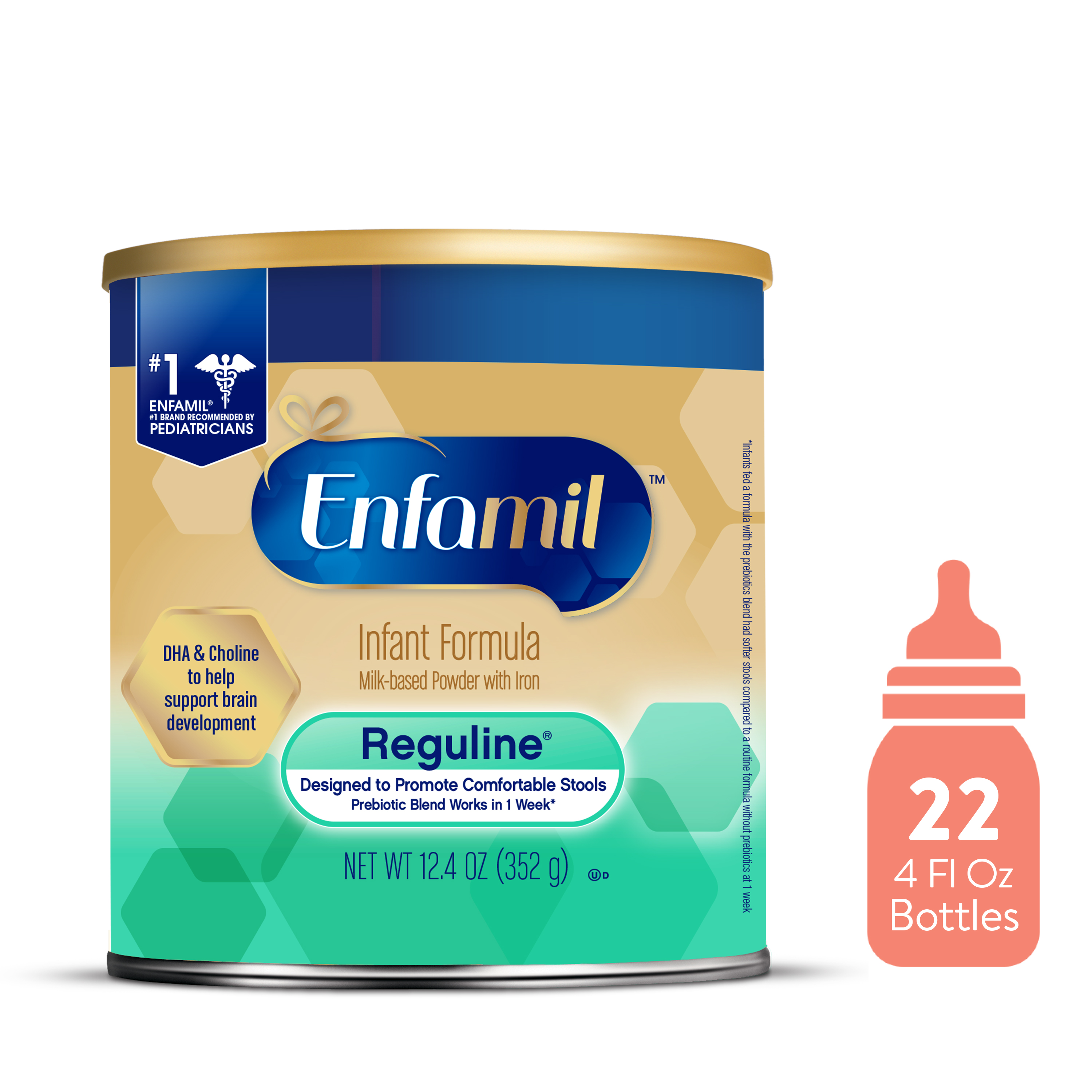

"But Congress was in a hurry, and that put USDA in a difficult position with this program, having to process, understand and evaluate all of the losses that farmers were feeling in this pandemic in just two months." "If USDA had had a little more time to craft this, maybe it would have shaped up differently," said Mike Stranz, vice president of advocacy for the National Farmers Union. However, more foreign recipients could have applied under names that didn't precisely match their foreign ownership disclosures to the Agriculture Department. Some matches may be out of date, given that the Agriculture Department's most recent records are from 2017.

NBC News identified the farms by cross-referencing data from Agricultural Foreign Investment Disclosures, obtained via a public records request in September 2019. Their payments add up to over $3.6 million, an average payout above the Agriculture Department's payment cap.
FARM WORKS OFFICE FORMULAS SERIES
NBC News found over a dozen examples of bailouts that went to what appear to be foreign-owned farms, including a Swiss-owned farm in Texas, a Korean-owned farm in South Dakota and a series of Dutch-owned companies in Wisconsin. He hasn't sold any because prices have been so bad that he would have been selling at a significant loss. He has lost $4,500 so far and estimates that that will double unless prices for calves recover. Sigler, the Alabama rancher, got about $2,000 from the Agriculture Department, but he still stands to lose as much as $9,000 in 2020.

That's presumably how Titan Swine, a hog farming partnership of 20-plus independent producers in northwest Iowa, got over $2.5 million in taxpayer cash and five other farms got $1 million or more. Experts also say there is no real payment limit for farms structured as "general partnerships," because of a long-standing loophole in farm subsidy policy. For example, the Agriculture Department allows farms to get up to $750,000 if three shareholders each spent more than 400 hours working in the business. But the rules gave corporate farms ways to get more money. Nearly 2,300 operations received more than $250,000, which was set as the payment limit for a single farm. The tension between the mass of small farms and the little group of huge farms makes the idea of equality in farm payments incredibly complicated." Joseph Janzen, a professor of agricultural economics at Kansas State University, said: "It's a constant struggle in U.S. "But for a person like myself that sells once every six months, it's hard to see how it can help you all that much." "I'm sure the money helped those larger operations tremendously," said Lonnie Sigler, an Alabama rancher and high school agriscience teacher. Jabin Botsford / The Washington Post via Getty Images Ultimately, many struggling farmers remain ineligible for assistance, unable to get access to any of Congress' funds.Īgriculture Secretary Sonny Perdue arrives in the Roosevelt Room at the White House on May 23, 2019. The preliminary data suggest that it has favored large, industrialized farms over smaller, diversified ones, provided loopholes for corporate farms and sent sizable payments to foreign-owned operations. The Coronavirus Food Assistance Program, while greatly appreciated by many farmers, has been marked by structural challenges.

production."īut that's not what happened, according to an NBC News analysis of the first nearly 700,000 payments, totaling $5.6 billion, obtained through a public records request. When the program was rolled out two months later, Agriculture Secretary Sonny Perdue said its $16 billion in direct payments would be a "lifeline" for farmers of "all sizes and all. In March, Congress authorized a multibillion-dollar bailout for farms suffering losses because of the coronavirus pandemic and left the Agriculture Department to work out how the money would be spent.


 0 kommentar(er)
0 kommentar(er)
